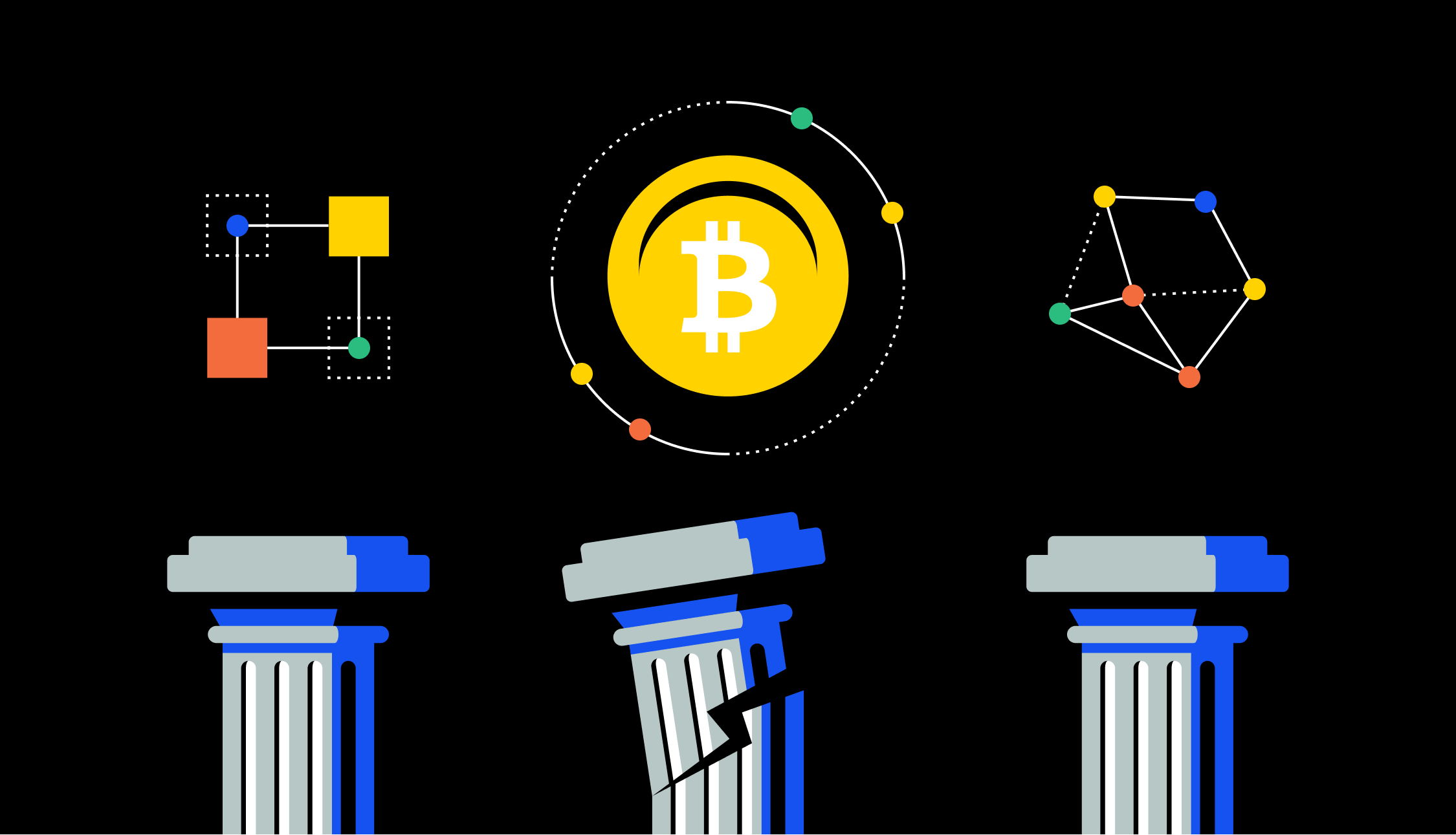In an era where instant messaging platforms have always changed, there are two names that stand out WhatsApp and Telegram. Of course, both are platforms that provide the same basic service of conversation, but there’s a growing trend among users in which neither platform is completely committed to one, and they opt to use the other for what they feel are better uses. It’s not a contest of app of choice. The advantage of this dual-app strategy is in what works — where the platform gets all the benefits of each service.
The Ubiquity and Convenience of WhatsApp Web Version Login
For billions of users, WhatsApp is the default messaging service. Its integration into the lives of both individuals as well as business is unparalleled. The core of its desktop underlying functionalities is Whatsapp网页版登入, a service which connects a user’s mobile handset to their computer, mirroring all communication on a larger screen with a full-sized keyboard.
The interface is also quite simple: go to web.whatsapp.com, scan the QR code with your phone and you’re all set. What’s its biggest strength? For office workers, students, or anyone sitting at a computer all day long, the WhatsApp Web Version Login will keep them from having to reach on their phone all day long. It gives everyone the ability to perform complex tasks more efficiently, such as sharing files from their desktop, spending hours typing, sending discreet messages during meetings. WhatSapp is so deeply embedded in the everyday life of most people and their social circles that getting instant access through the web version is simply not worth it. It’s a convenient convenience mechanism that keeps the users connected to the Meta-owned platform for their basic communications.
Telegram ‘s Thermometer: Channels, Bots and the ” Telegram Chinese ” phenomenon
While some feel WhatsApp is better at direct messaging, Telegram is actually a leader in broadcasting, community building, and niche interests. Here is what it has to offer people who have nothing but one-on-one conversations on their Telegram accounts: channels allow one-to-many broadcasting — a platform perfect for news channels, community creators, and expert communities. Bots also automate everything from customer support to complicated workflows; a level of utility WhatsApp doesn’t offer. speakers and the global Chinese diaspora
The Pragmatic Switch: Why Users Don’t Choose, They Use Both
The modern user is not a devotee of a brand, but one that offers an effective experience. This is why switching between using the WhatsApp Web Version Login (on a desktop computer) and using the Telegram app (for personal purposes) has become so regular. Imagine a typical professional’s daily life. They start their day at their desk, with the WhatsApp Web Version Login open in the browser. They want to coordinate with colleagues on a project group, quickly message their family, respond to personal chats in a hurry, all seamlessly integrated into their main contact list. At the same time, they have the Telegram app open. They are scrolling through a Telegram中文 news channel to find latest information about Asia, participating in a professional learning group or using a bot to get digested content from news sources. Later in the evening they may close the WhatsApp Web Version Login on their desktop computer, but they continue to browse entertaining or educational channels on Telegram on their phone.
This dual use shows that the two services are complementary—this is what makes them so powerful: WhatsApp on the web facilitates the “must-have” communications (so the everyday, critical communications), as Telegram has channels and groups—such as the Telegram Chinese networks—that support the “want-to-have” interests (the specialist, broad and interest-driven content). One is for talking to people you know; the other, to find ideas and communities that you want to know.
Conclusion
It wasn’t because the competition between Whatsapp and Telegram is a zero-sum game. The fact that users are switching from One account to Another at least a dozen times a day—such is the phenomenon in China, Hong Kong, and elsewhere—means that we’re dealing with two different masters of the same kind of digital world, all relying on the same tools. Whatsapp wins because of its universality and the sheer convenience of mirroring its messaging in the Web Version; Telegram wins because of its flexibility, its built-in features for communities, and its ability to host relatively small ecosystems, including the vast Telegram Chinese networks. In today’s dynamic digital world, the best way is not to choose between them—it’s to learn both, and use each tool in the context it works best.







